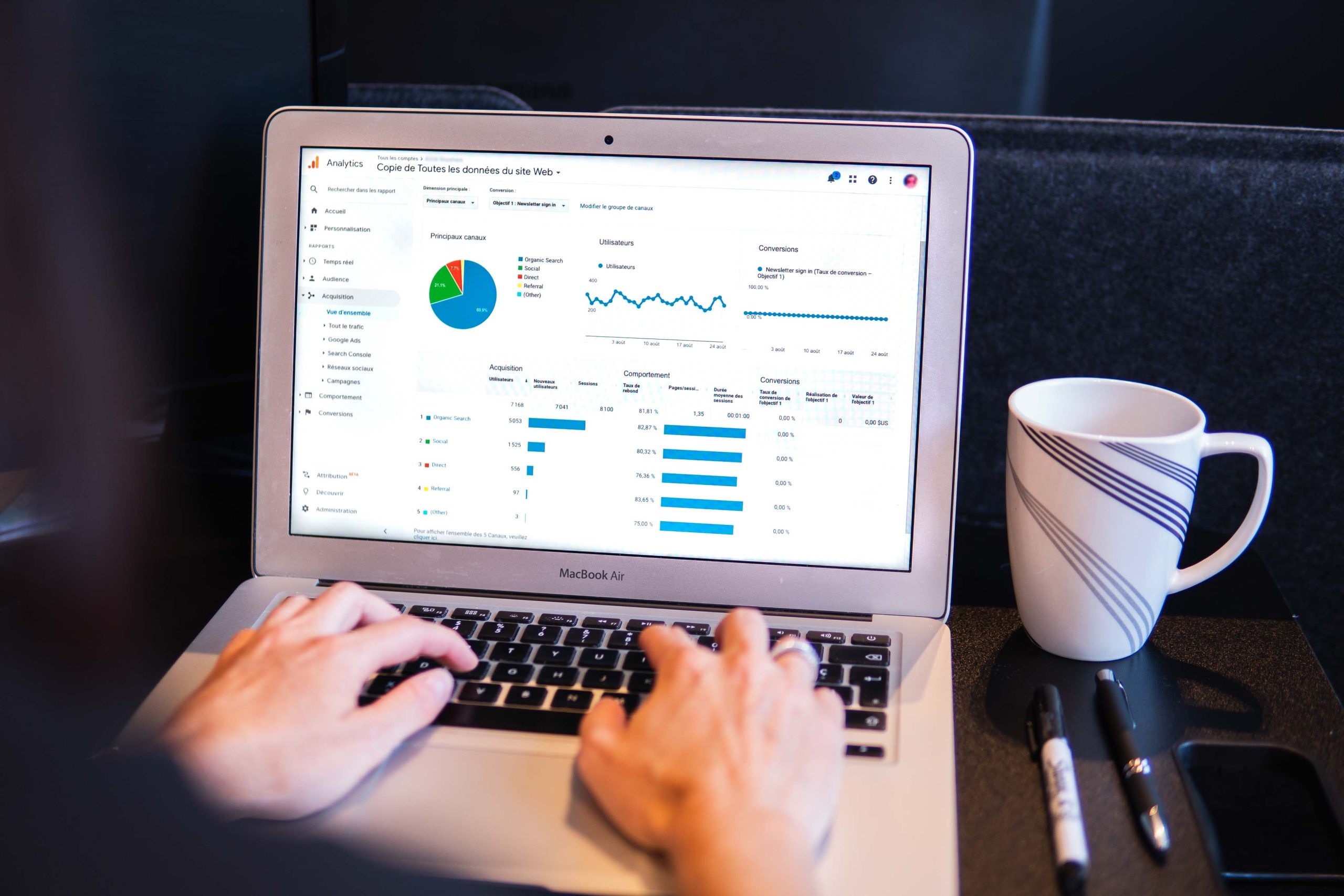- 23 February 2023
- 145
Unlocking The Power Of Predictive Analytics To Make Better Decisions

For organizations to stay competitive and informed, they must constantly adapt to changing markets, customer needs and technologies. One way to do this is by utilizing predictive analytics. Predictive analytics is a data science process that uses historical data and statistical algorithms to make accurate predictions about future events. By leveraging predictive analytics techniques, companies can gain valuable insights about customer behavior, trends in the market and potential risks. In this blog post we will discuss how predictive analytics can help organizations make better decisions and unlock the power of their data.
What is predictive analytics?
Predictive analytics is a branch of data science that uses historical data to make predictions about future events. Predictive analytics uses a variety of techniques, including machine learning, statistical modeling, and artificial intelligence.
Predictive analytics can be used to solve business problems, such as identifying which customers are likely to defect or predicting demand for a new product. It can also be used to improve decision-making, by providing insights that allow businesses to anticipate and plan for future events.
While predictive analytics has been around for many years, its popularity has grown in recent years due to advances in technology and the availability of large data sets. Predictive analytics is now being used across a wide range of industries, from retail and healthcare to finance and manufacturing.
How can predictive analytics be used?
Predictive analytics can be used in a number of ways to make better decisions. By understanding historical data and trends, businesses can make more informed decisions about the future. This can involve anything from pricing products to predicting demand.
Additionally, predictive analytics can help identify risks and opportunities. For example, if a company is looking to enter a new market, predictive analytics can help them understand what the potential risks and rewards are. This information can then be used to make more informed decisions about whether or not to enter the market.
Finally, predictive analytics can also be used to improve operational efficiency. For instance, if a company knows that a certain type of customer is likely to cancel their order, they can take steps to prevent this from happening. Predictive analytics can also be used to identify areas where process improvements could be made.
How can predictive analytics be improved?
There are a number of ways in which predictive analytics can be improved:
– By using more accurate data: This includes using data that is more complete and accurate, as well as using data from a wider range of sources.
– By using more sophisticated algorithms: This includes using algorithms that can better handle missing data, outliers, and other complexities.
– By improving the way in which the results are interpreted and used: This includes ensuring that the results are used in a way that is most likely to lead to improved decision making.
Conclusion
From understanding customer behavior to predicting potential outcomes, predictive analytics can provide valuable insights that help organizations make better decisions. By exploring the data and developing a deeper understanding of what it reveals, businesses are able to unlock the power of predictive analytics and gain a competitive advantage in their industry. With more advanced technology emerging each day, now is the time for companies to start leveraging this powerful tool if they want to stay ahead of the competition.

